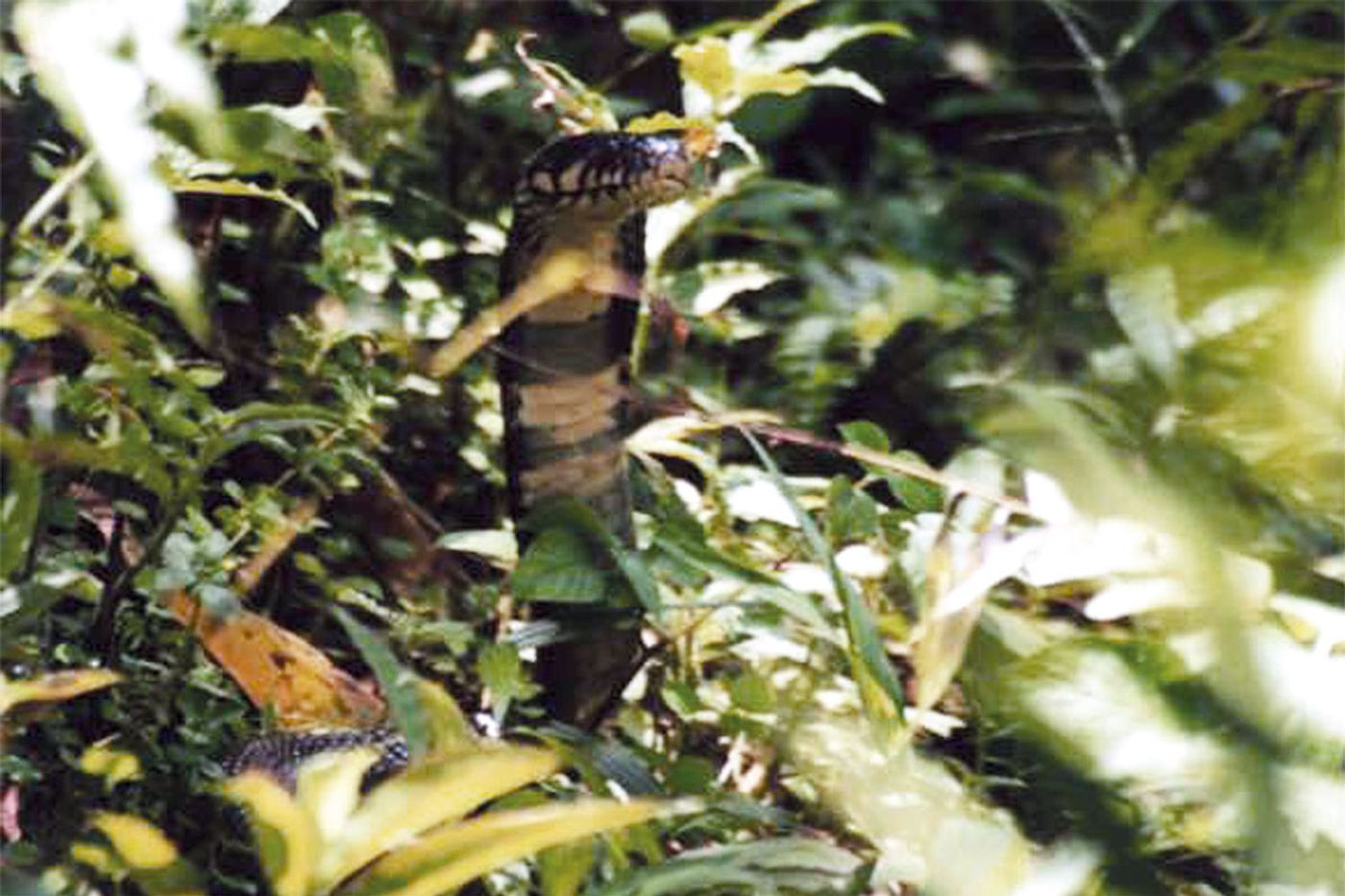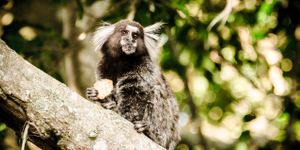Large New Cobra Species Discovered in West Africa
West Africa is home to a giant serpent that many believed was just the invasive forest cobra (Naja melanoleuca), but new research has illuminated how it’s an entirely new cobra species altogether.
Image Credit: Tiziano Pisoni
Locals initially thought it was brought to its current location from São Tomé by early Portuguese explorers to control rat populations. On the other hand, it turns out that the new species could be native the region and may not exist anywhere else in the world.
The findings are published in the journal Zootaxa.
Related: Half of a snake found inside a freshly-cut tree
While the forest cobra (Naja melanoleuca) can grow up to 10 feet long and is extremely venomous, the new cobra species, dubbed Naja peroescobari, can purportedly grow even larger. Locals call the snake “cobra-preta” for short.
If the size difference wasn’t enough of a telling factor for discerning one species from another, the research highlights other morphological differences between the two as well. For example, cobra-preta has fewer white scales on its underbelly than the forest cobra does.
Regarding venom, cobra-preta is probably just as toxic as the forest cobra, if not more so.
Citing New Scientist, a Portuguese explorer from 1506 described the snake in his journal, as "so venomous that when it bites a man, his eyes will explode out of the head and he will die." Although hyperbolic, it speaks for just how dangerous the snake can be to a human, so it’s probably still wise to keep your distance from one.
Unfortunately, because they look so much like the standard forest cobra, locals never realized it was a different species until a recent genetic analysis proved it was so. Consequently, many cobra-preta snakes were killed on sight because they were mistaken for an invasive species.
Related: Sea snakes might have another sense that we know nothing about
Given the circumstances, the cobra-preta should probably be protected rather than slaughtered. They don’t exist anywhere else in the world, so this very limited serpent population could quickly dwindle without proper care.
It seems that despite how much of the world we've already explored and learned about, there are still many secrets hiding right underneath our noses in plain sight. Further studies will undoubtedly continue revealing new animal species.
Source: New Scientist









